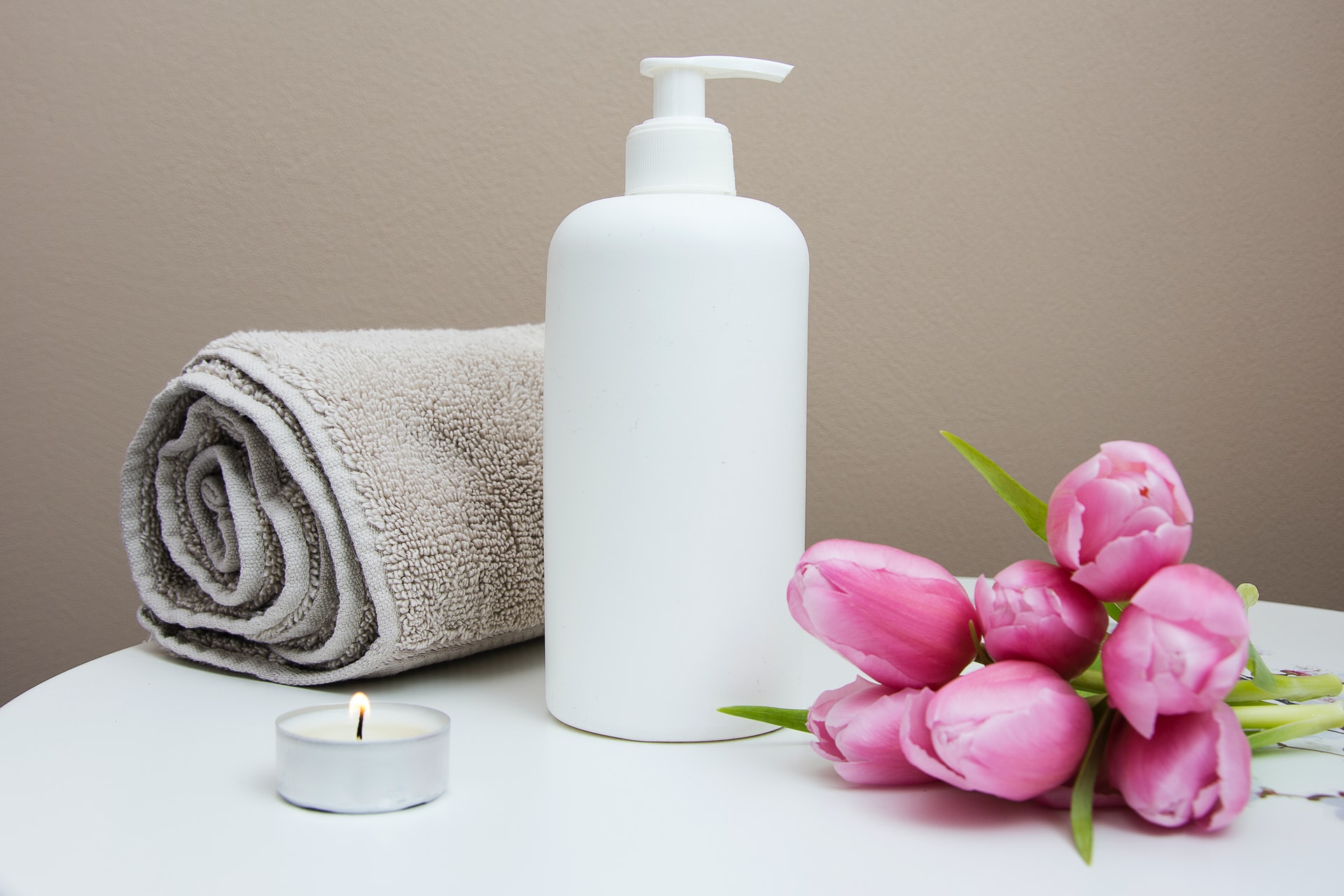As the French saying goes: “Il faut souffrir pour être belle” –– one must suffer to be beautiful. Beauty might be painful, but is it worth your health? The cosmetics and other beauty products cluttering our bathrooms and bedrooms might not be as safe as we think. Recent studies examining the toxicity of certain chemicals commonly found in beauty products have had some troubling results. So how dangerous are these chemicals? Are there safer solutions available, or do we need to get used to going au naturel?

The Price of Beauty
In the United States, the Food and Drug Administration is primarily responsible for testing and determining the toxicity of beauty products and around 12,500 different chemicals have been approved for use in personal care products so it makes sense that some are worried about harmful chemicals in cosmetics. The non-profit Environmental Working Group (EWG) notes that some additives to cosmetics and other beauty products once included the carcinogen formaldehyde, mercury (which can harm the kidneys), and dibutyl and diethylhexyl phthalates –– which can disrupt hormones. In fact, one study linked these and some airborne chemicals along with pollution to early puberty. While the EWG points out that the chemicals listed are banned by the European Union, in the U.S. their prohibition has come from states like California and larger retailers like Target, Rite Aid, Walgreens, and CVS Health. Women concerned with the toxicity of beauty products who aren’t fans of the “natural” look should do their best to educate themselves –– reading labels and learning about products’ safety through reliable online guides like EWG’s “The Toxic Twelve Chemicals and Contaminants in Cosmetics”.

What to Avoid
- Formaldehyde, a known carcinogen.
- Paraformaldehyde, a type of formaldehyde.
- Methylene glycol, a type of formaldehyde.
- Quaternium 15, which releases formaldehyde.
- Mercury, which can damage the kidneys and nervous system.
- Dibutyl and diethylhexyl phthalates, which disrupt hormones and damage the reproductive system.
- Isobutyl and isopropyl parabens, which disrupt hormones and harm the reproductive system.
- The long-chain per- and polyfluoroalkyl substances known as PFAS, which have been linked to cancer.
- M- and o-phenylenediamine, used in hair dyes, which irritate and sensitize the skin, damage DNA and can cause cancer.
While the term “clean beauty” isn’t standardized, generally most cosmetic manufacturers who claim clean beauty avoid using these chemicals and many go even further to require a certain percent of the ingredients be certified organic.
So no need to throw away all of your cosmetics and never wear make-up again, just pay attention to the ingredients to keep your skin, and the rest of you, safe.
Written by John Bankston and Karyn Eilber, MD
References
- Potential for human exposure: toxicological profile for lead:
- Hair Dyes.
- Hair dye and chemical straightener use and breast cancer risk in a large US population of black and white women.
- The toxic twelve chemicals and contaminants in cosmetics.
- A systematic review on the effects of environmental exposure to some organohalogens and phthalates on early puberty.